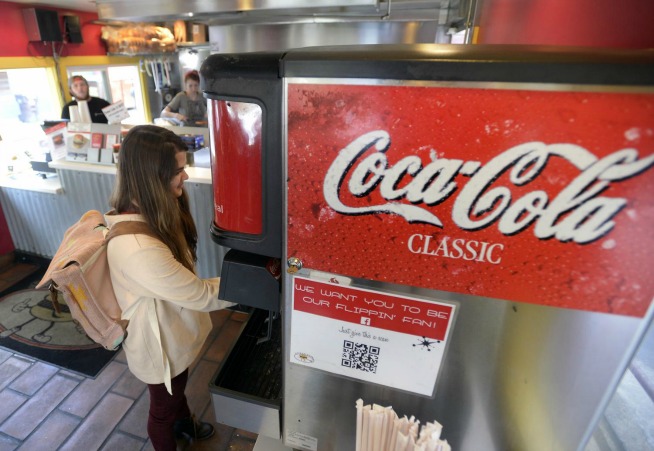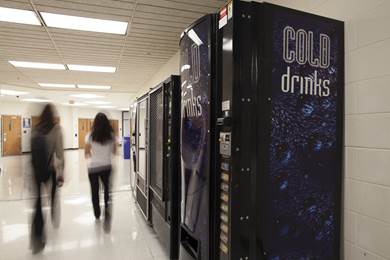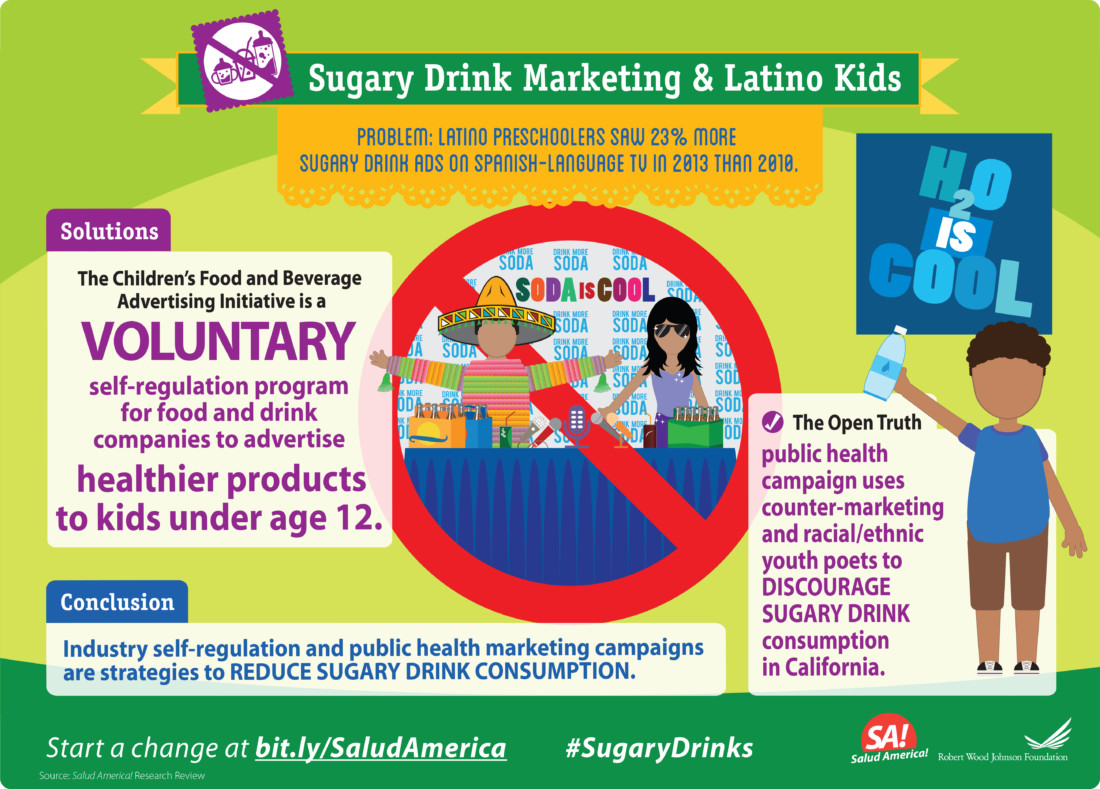
Share On Social!
On Oct. 15, 2017, California Gov. Jerry Brown signed a law that bans schools from marketing unhealthy foods that are not allowed to be sold or served in schools.
 This law, Assembly Bill 841, also forbids schools from partnering with companies for programs that reward students with foods or drinks that do not meet USDA Smart Snacks in School regulations and other standards.
This law, Assembly Bill 841, also forbids schools from partnering with companies for programs that reward students with foods or drinks that do not meet USDA Smart Snacks in School regulations and other standards.
The idea is to help students make healthier food choices.
“This law will help ensure that students receive consistent messages from their schools about the importance of proper nutrition as well as reinforce parents’ efforts to help their children choose healthy foods,” according to a report by Changelab Solutions. This will lead to “healthier students who are better able to thrive academically.”
Latino Population Rises in Nation, California
The new law will especially benefit Latino children.
California has the largest Latino population—14 million—of all U.S. states. About one in two people will be Latino in California by 2060.
 Latino communities in California and across the U.S. are exposed to a high number of ads for unhealthy foods. They also have fewer healthy food options, according to Salud America! research.
Latino communities in California and across the U.S. are exposed to a high number of ads for unhealthy foods. They also have fewer healthy food options, according to Salud America! research.
This makes California is a pivotal place to fight health inequities behind Latinos’ higher rates of obesity than whites. A quarter of California is obese, Latinos lead the state demographic with 32.3%. About 20% of the state’s children are obese. Rates among preschoolers are increasing at an alarming speed.
No more sugarcoating
Children spend most of their time in school settings.
Companies spend $149 million a year on food marketing in schools, according to the Federal Trade Commission.
Students can see junk-food ads on buses, bathroom stalls, book covers, and ironically in gyms.
Marketers offer to pay a school or school system a fee to enable advertising a product. Advertising methods include of sponsored educational materials, product sales contracts, etc.
Unhealthy food ads also are broadcast on educational TV. Advertisers pay $200,000 for advertising time to target 40% of the nation’s teenagers for 30 seconds. Funds may help schools meet needs, but also have economic and social costs for victims of obesity.
This level of exposure heightens the risk of diseases like diabetes, heart disease, and some forms of cancer.
Assembly Bill 841 takes aims at these types of marketing.
Thanks to the law, Latino and all California students will no longer see ads for unhealthy foods. Schools and parents can get more involved in their children’s diet to promote healthier options.
And that’s not all California is doing.
Actions for health are happening across the state:
- L.A. supports no more “McTeacher Nights” in schools
- Latina mom creates healthy options at her son’s California school
- Dr. Kevin Strong, a.k.a. Dr. Dunk the Junk, started a program to work with California and schools across the nation to counter junk food ads with healthy messages.
To find out more preventive measures to combat childhood obesity, check out:
- Aboutkidshealth’s nutrition section teaches parents about childhood nutrition and healthy eating.
- ChangeLab Solutions has tools for limiting access to junk foods and drinks, and pushing healthier options.
- Let’s GO! works in schools, communities, and workplaces to tackle childhood obesity.
- Students use Instagram to rebrand unhealthy foods.
- Learn how to eat to expand mental capacity.
By The Numbers
142
Percent
Expected rise in Latino cancer cases in coming years



